Over the centuries, the Mercatorum Way has helped to shape the settlement of Cornalba, a municipality located on the western slopes of Monte Alben. In fact, the old centre follows the historic route, also connecting the districts of Gardati, Passoni, Ola and Pagliarolo, on an area of flat ground with heights varying from 750 to 800 metres. Cornalba, and above all the location Gardati, was one of the most important locations for recreation and trade along the Mercatorum Way in the Middle Ages. Some authentic remains of the track can still be seen in the hamlet of Passoni (it is thought that this name was derived from the Tasso family). The village of Cornalba also saw tragic events linked to the Resistance struggle in the Bergamo area. In 1944, Fascist gangs tortured and killed several partisans. The ancient coat of arms of Cornalba, which can be found in Camozzi’s 1888 index of emblems, consists of a mountain between two fir trees and a basket or cavagna, on which a dove, symbol of peace, is standing. This indicates that the noble Cavanis or Cavagnis families originated from the municipality of Cornalba. The proposed route, in order to follow the historically documented track, must necessarily follow the ordinary road network for long stretches, with just a few sections running along paths. For this reason, there have been suggestions to promote an alternative route running a little higher and parallel to the road, accessible from the cemetery of Cornalba, and known as the “Cornalba-Serina Track.”
Tracciato Storico
Itinerario escursionistico
Difficoltà: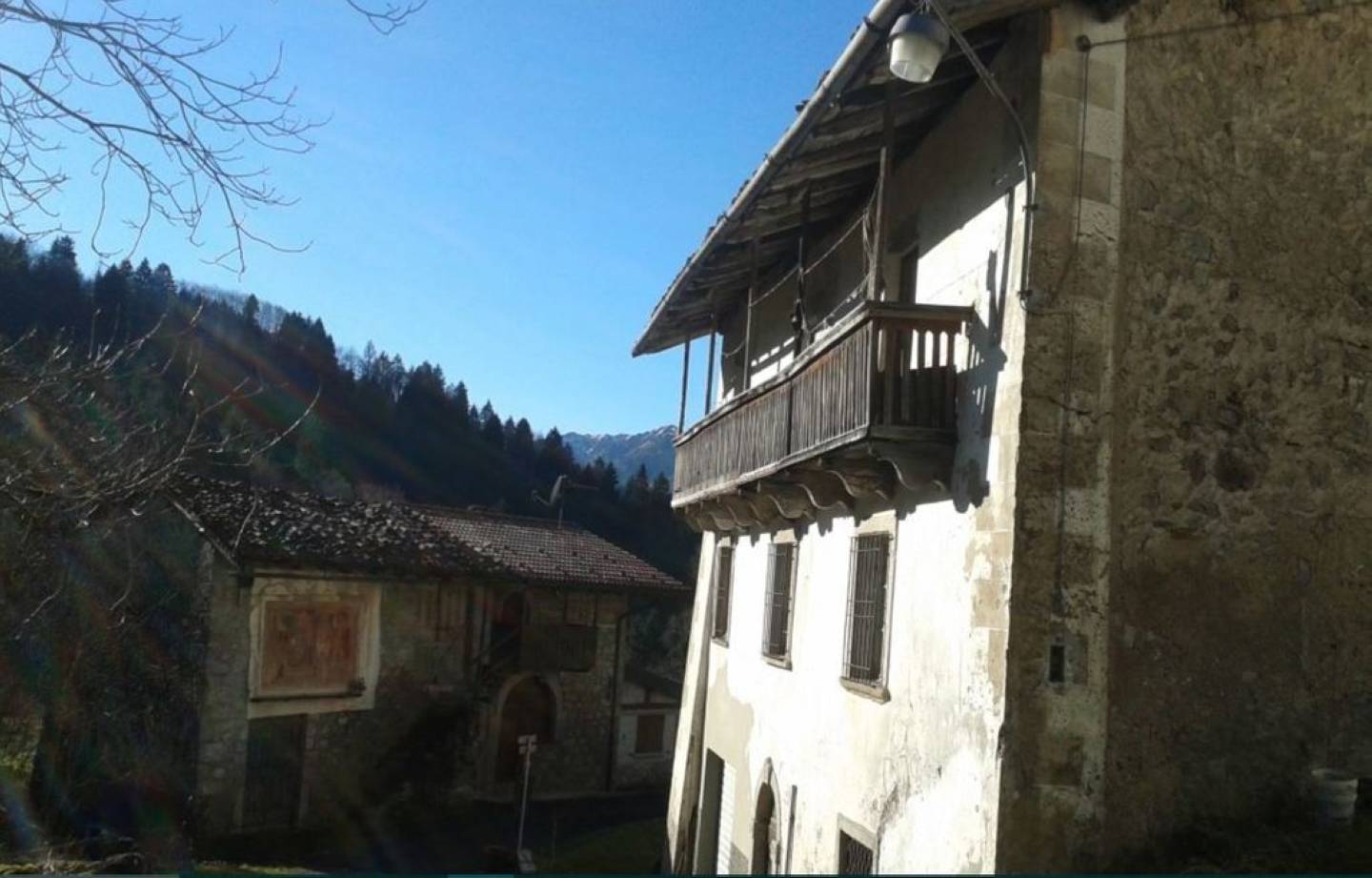
A charming little hamlet with rustic buildings. One of them has a fresco dedicated to St Sebastian on the wall. A second building, that looks to be of noble origin and that was possibly once used as a guesthouse, has a wide staircase, and bears a depiction of the Lion of Saint Mark. There is also an old wash-basin.
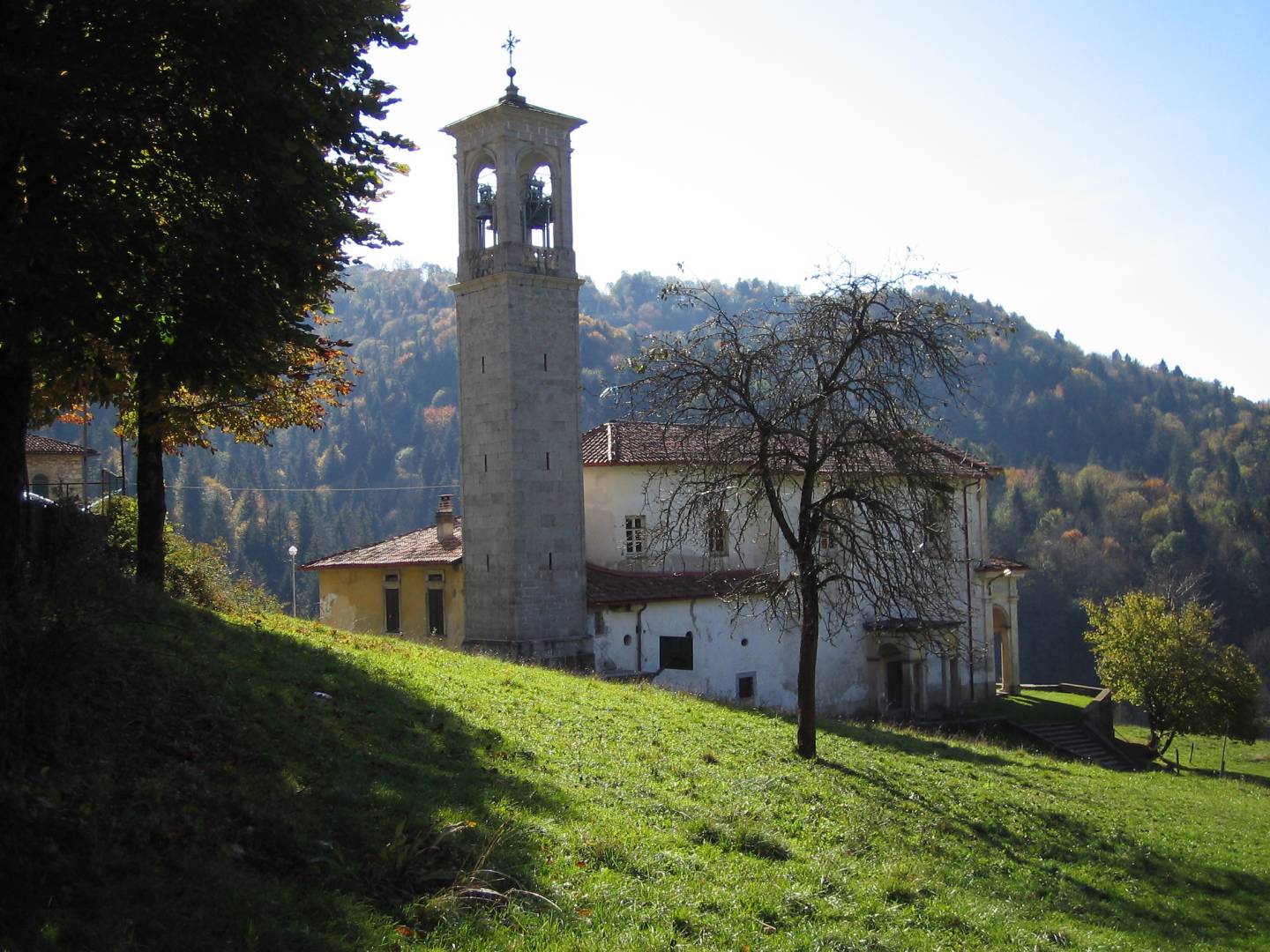
Dedicated to Saint Mary of the Nativity, this construction stands at the top of a pasture, with the façade facing the valley, and the bell tower behind. The building’s architecture dates back to the 18th century. Inside, there are two 17th-century paintings: one with the Madonna and Child, and one with Saints Roch, Gotthard and Francis, by an unknown artist. An interesting Roman Missal with red Morocco binding, silver friezes and onlays is dated 1753.
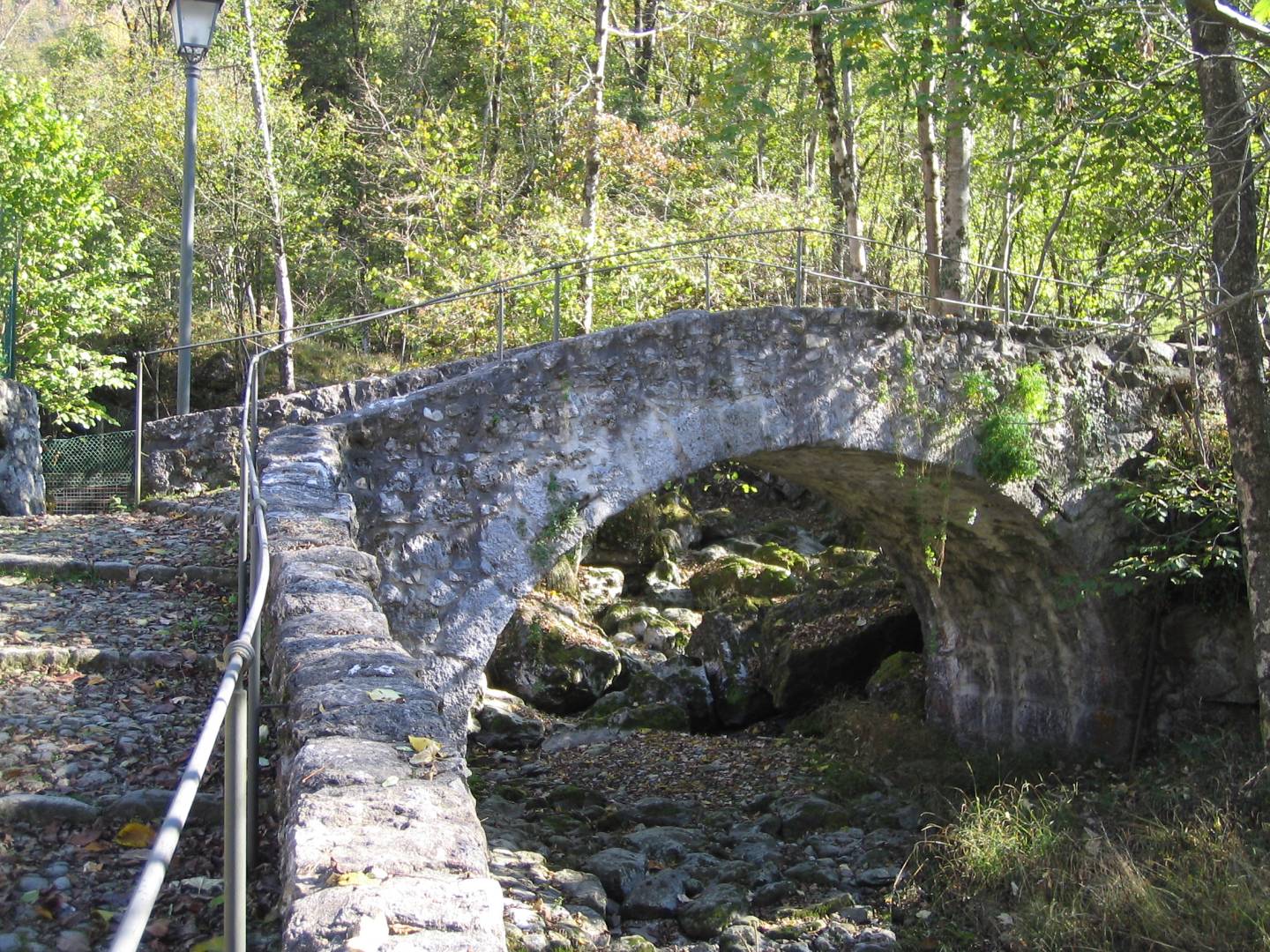
A beautiful arched stone bridge over the river Ola, just below the Tassoni district.
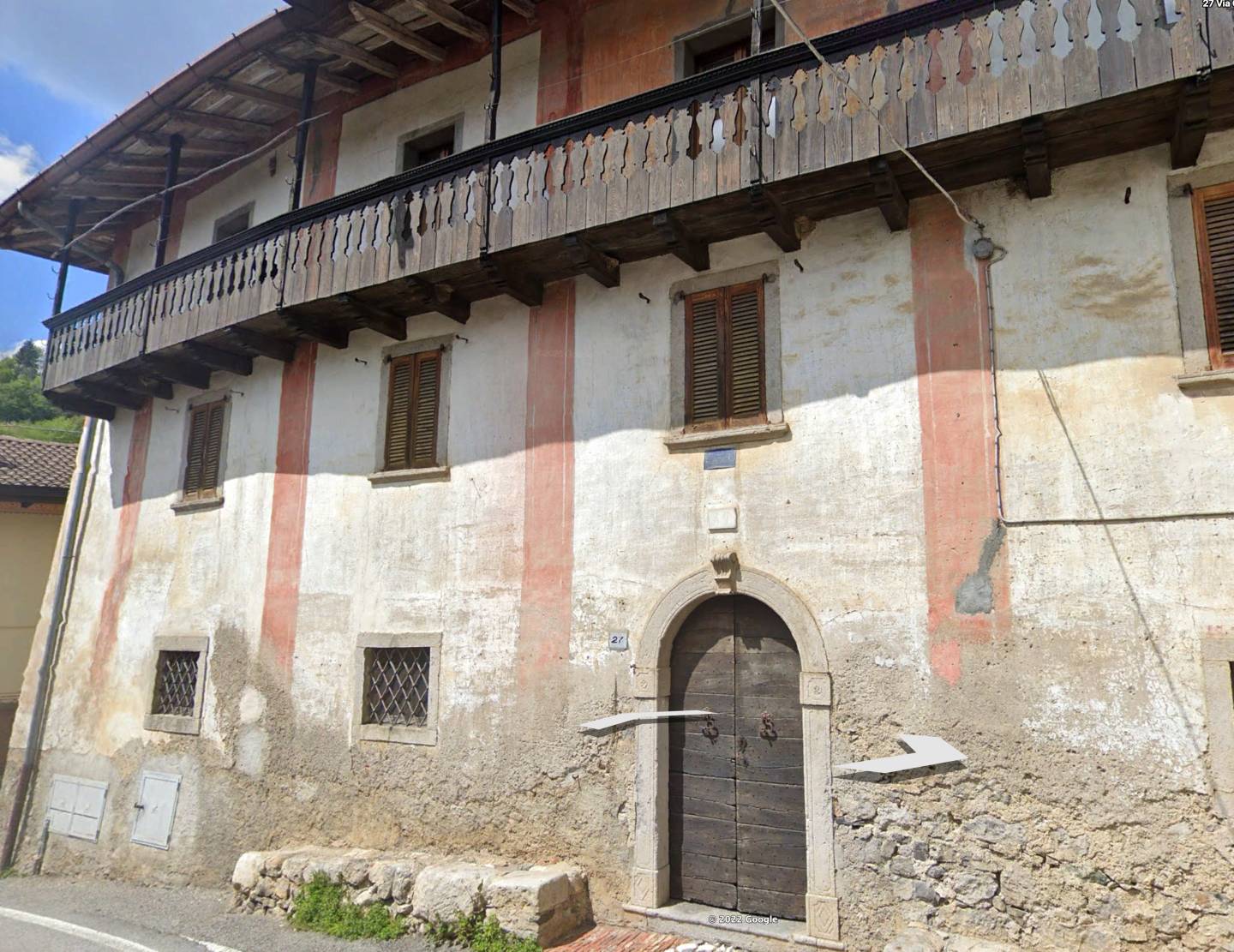
An old Cornalba district. At number 27, there is an interesting house with fragments of painted plaster, a wooden balcony, a round-arched sandstone portal, a wooden door and a brick threshold. Stone fountain with mask.
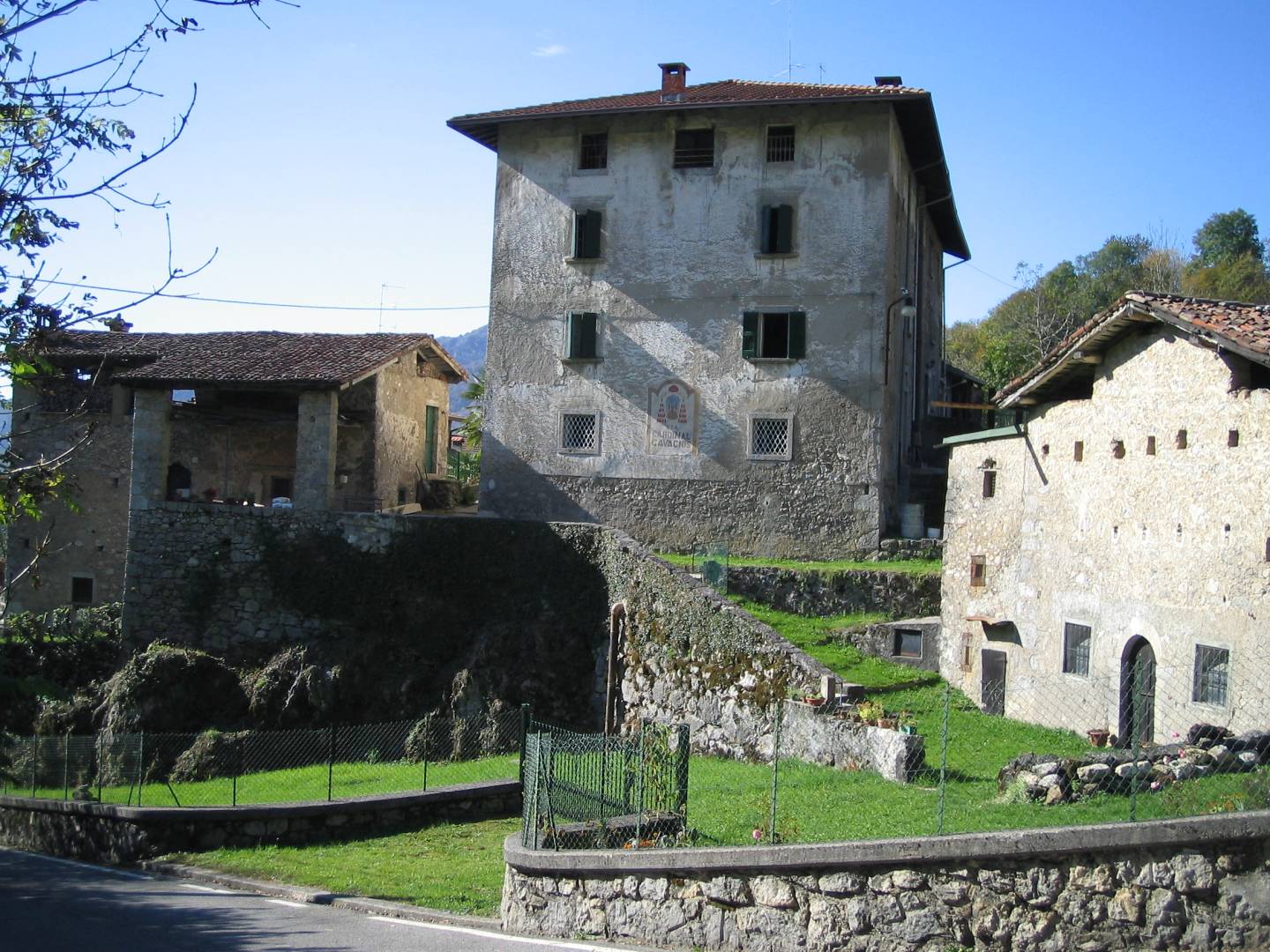
An impressive building, located above the Tassoni district, this was the home of the noble Cavagnis family, whose most illustrious member was Cardinal Felice Cavagnis. On its northern wall, the building has a large fresco with the family insignia: three green peaks on a blue ground with two cypress trees and a basket of grass surmounted by a dove. The group of constructions, with its rustic outbuildings, is outstanding for its beauty and authenticity within the landscape setting.
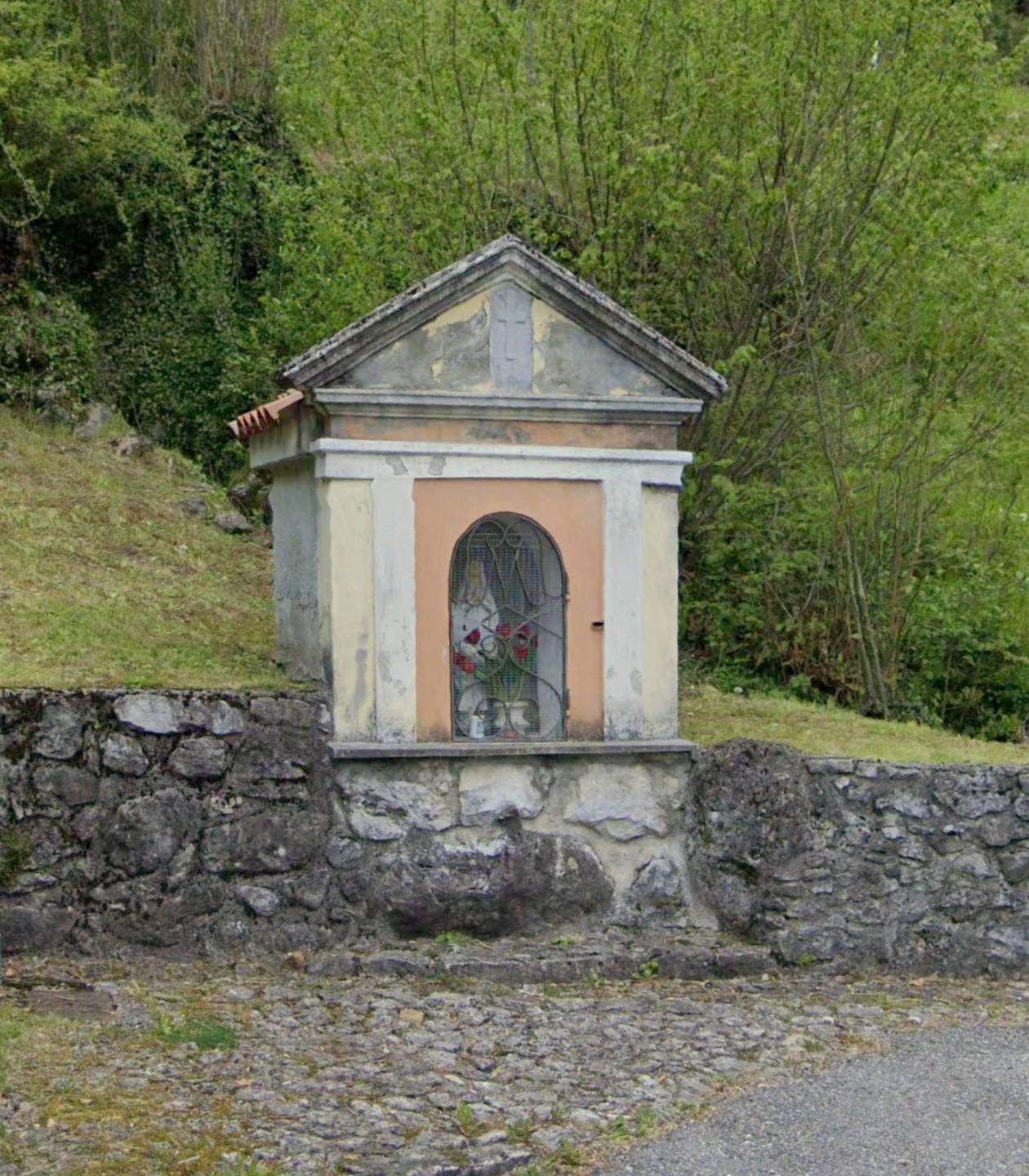
A simple shrine on a stone wall with an image of the Madonna, probably dating to the 19th or 20th century.
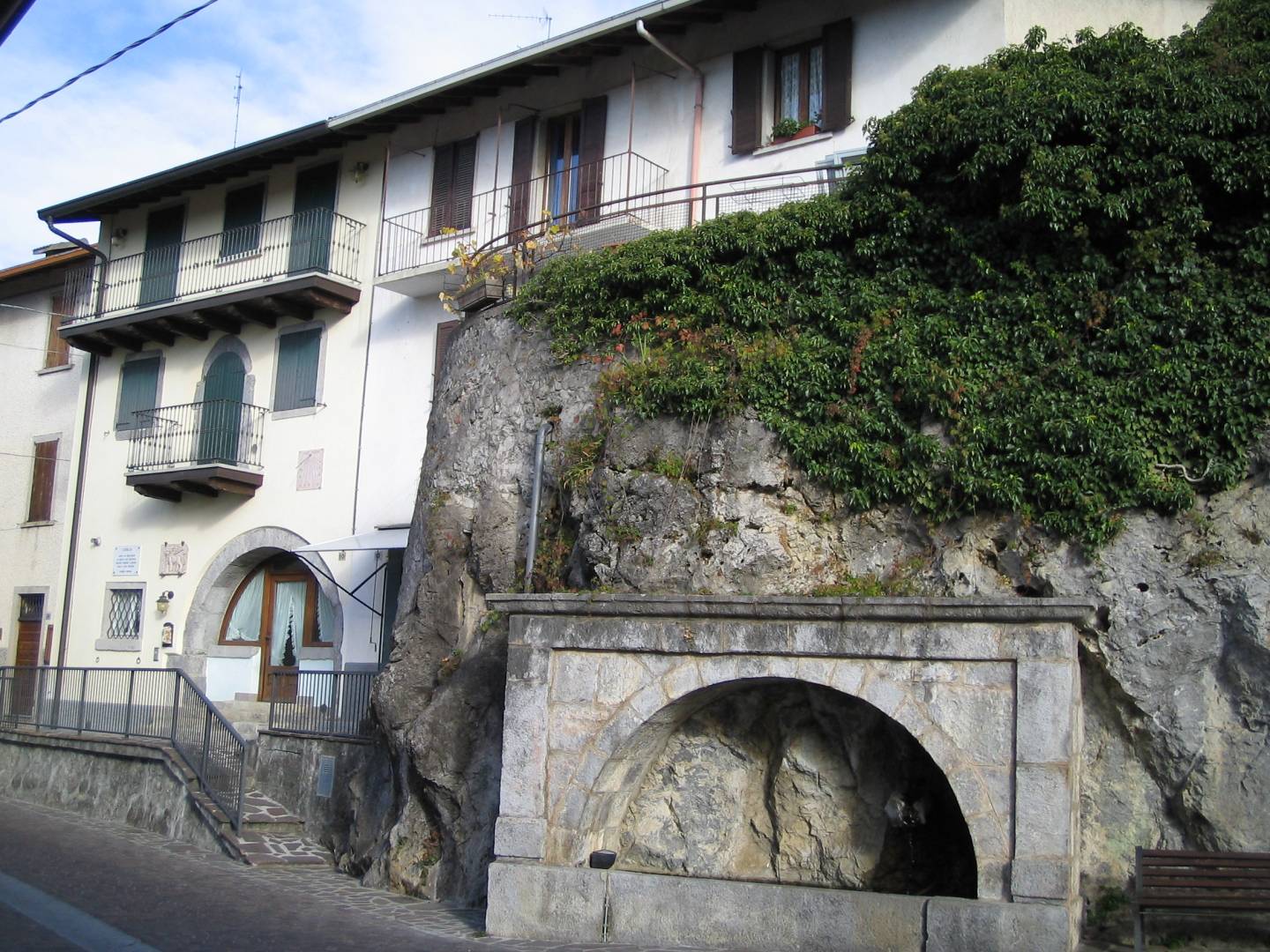
The old centre follows the central street (corresponding to the original Mercatorum Way) with a double row of buildings set against the impressive backdrop of the Corna Bianca cliff, a symbol and natural emblem for the Cornalba community. The cobbled paving enhances the setting that has only been minimally altered by modern refurbishments. Some of the stone portals are particularly interesting. The earliest documents mentioning this small community of about 300 inhabitants date back to 1596, and they comprise texts by the Captain (Mayor) Giovanni da Lezze in his description of Bergamo and its territory. In the village, a plaque commemorates the Fascist round-ups that took place in 1944, culminating in the massacre of 15 partisans in the Giustizia e Libertà (Justice and Freedom) group. Along Via Papa Giovanni XXIII, there is a small chapel of modern construction, a monumental fountain, a belvedere overlooking the valley, memorial plaques in memory of the fallen partisans and, above all, a building (at n° 10) with the Lion of St Mark, a sundial and a plaque commemorating the Mercatorum Way.
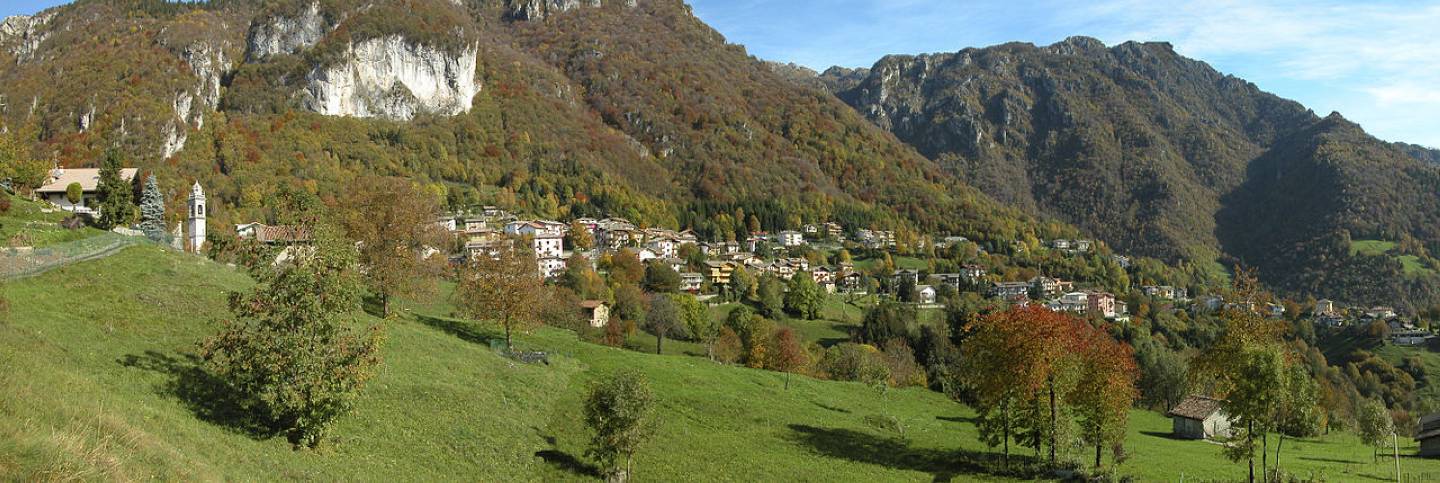
On one side of the central Via Papa Giovanni XXIII there is a public terrace with a wide panoramic view over the Val Serina valley and the surrounding Orobic peaks.
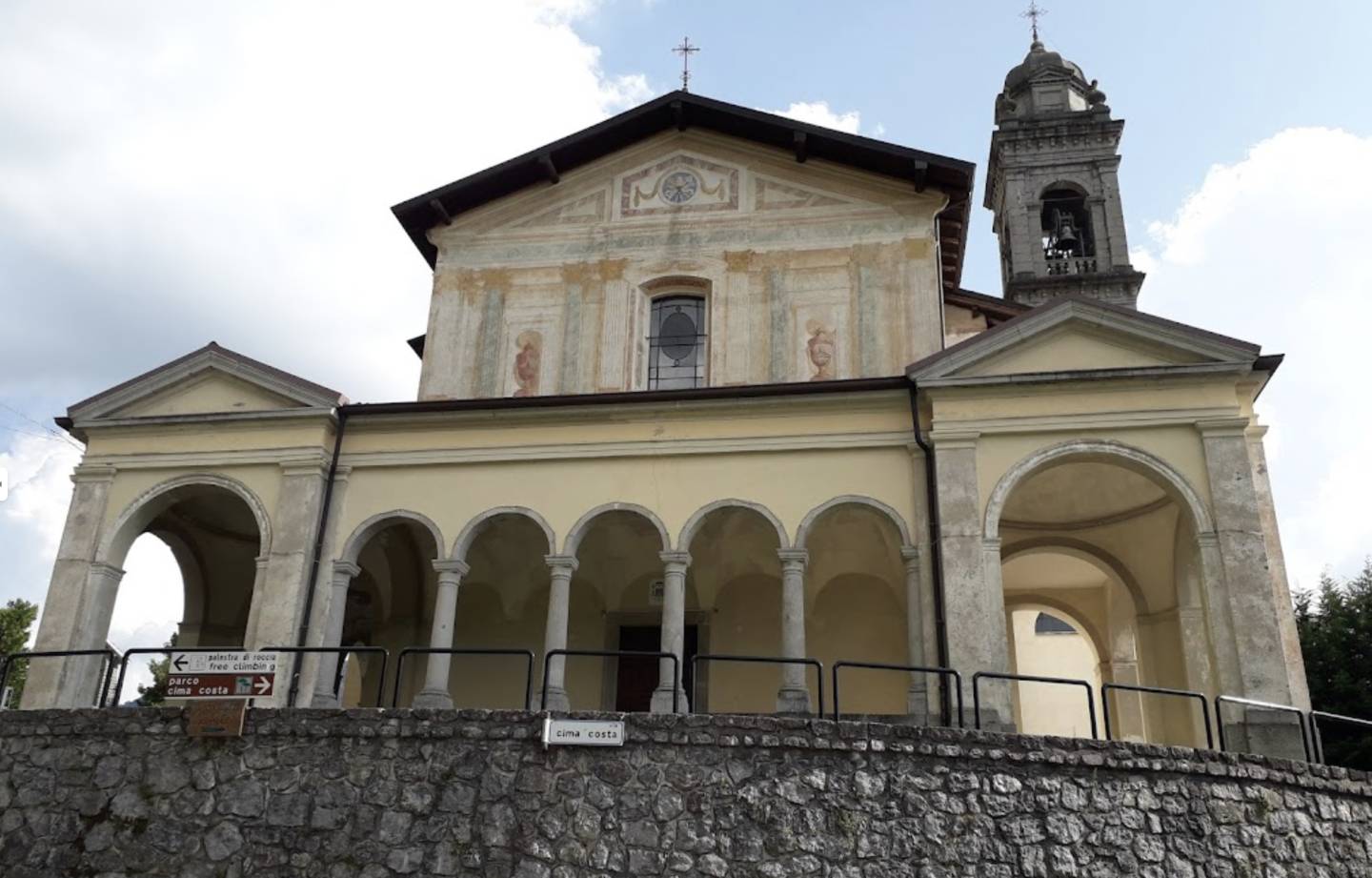
The people of Cornalba are justly proud of the wealth of decoration in the parish church. In 1480, the Church of Cornalba was separated from that of Lepreno, and in 1740 it was rebuilt in place of the older church, gaining its present-day appearance. The church, dedicated to the Apostle Peter, has some valuable furnishings, sculptures by the Caniana family and some works of art: three paintings on panel, belonging to a 15th-century polyptych of difficult attribution. Also noteworthy are the painting of Saint Francis of Verna by Carlo Ceresa and the putti in the presbytery, by the school of Fantoni.